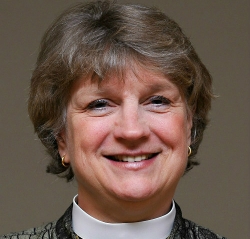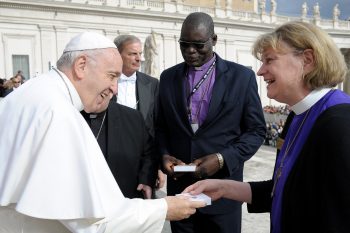We. Are. Fam-i-ly.
February 4th, 2019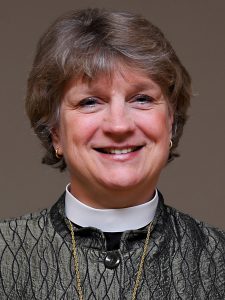
By Bishop Ann Svennungsen
“My church is like a family!” It’s the most frequent answer I get when I ask what people like about their congregation. “We feel like a family.” There’s much to celebrate in that statement. We imagine families as places of care, deep and ongoing relationships, loving acceptance. “Family is a life jacket in the stormy sea of life,” says J.K. Rowling.
“Worship is the most public part of our shared life.”
However, there is a problem with this image. Christians are called to be a family with permeable boundaries – communities of gracious openness – welcoming people we’ve never met.
I am especially concerned when worship – the most public event of the week – seems like a family reunion. When a newcomer comes to worship in such a setting, she can feel like a stranger eavesdropping on a family dinner. Rather than experiencing welcome, he can feel even more on the outside looking in.
YES, MANY CHURCH activities can promote the sense that we’re family – support groups, small groups for prayer and Bible study, counseling, and spiritual direction. Worship, I believe, is something different. It’s the most public part of our shared life, so we must ask: How do visitors experience worship here? Think for a moment about a 28-year-old first-timer, someone new to this country, someone struggling with depression. How would they experience worship at your congregation?
“Christians are called to be a family with permeable boundaries.”
Little things make a difference:
- Does the worship liturgy require that people recite things from memory?
- How easy is it to get to coffee hour? Is it in the room down the hall, needing detailed directions, a place where everyone notices when you walk in the door?
- Is the coffee good?
The congregation is a remarkable gift from God. We need the welcome and community it brings – surrounded by folks who share our greatest joys and sorrows, challenged to live lives of meaning and purpose for the sake of the world. And, we need the community of faith because Jesus has promised to meet us there – in Word and Sacrament, in the words of forgiveness, in the presence of one another.
Paul calls Christians to “welcome one another as Christ has welcomed you.” (Romans 15:7) Let that be our way of life – as disciples and communities in Christ.



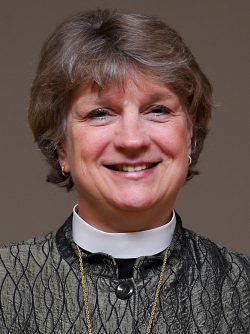
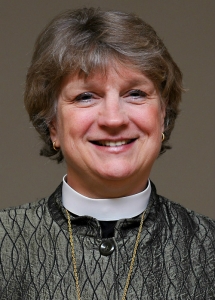 By Bishop Ann Svennungsen
By Bishop Ann Svennungsen